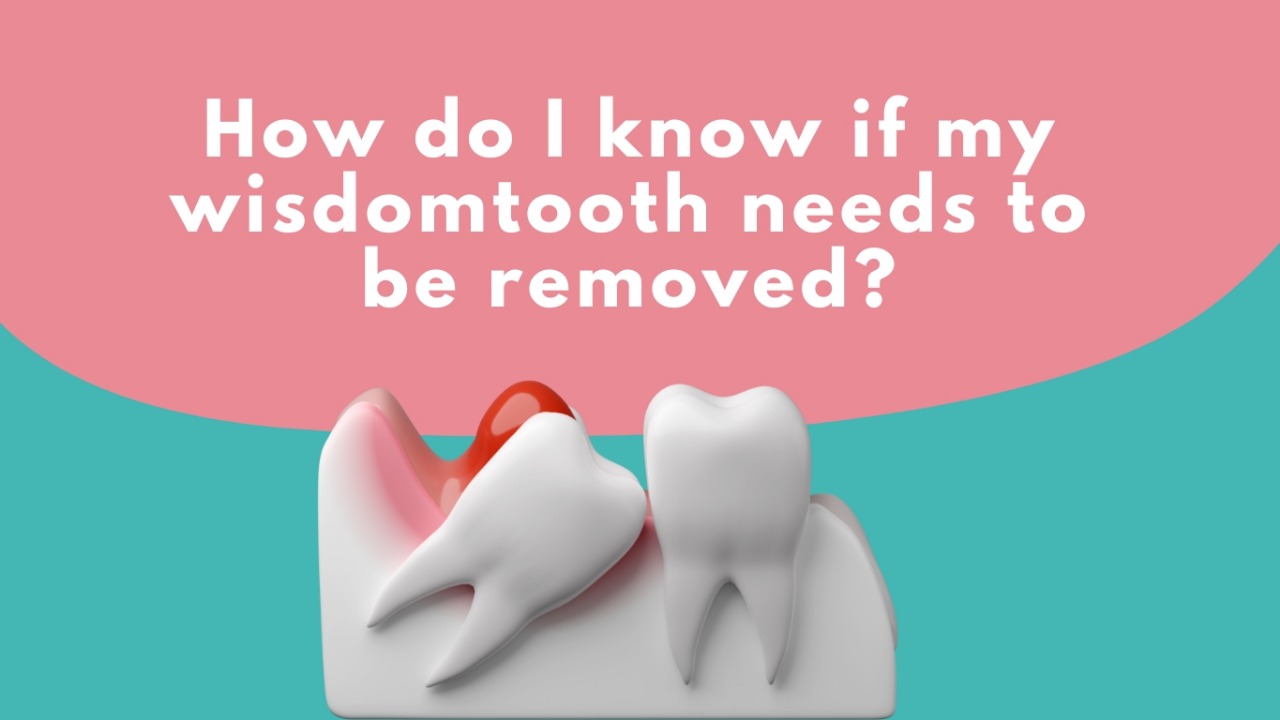When the last molar arrives, the real wisdom is knowing when to let it go.
You are in your early twenties, enjoying life as usual, when suddenly a dull, persistent ache starts to creep into the back of your mouth. At first, you brush it off, thinking it is something minor. Maybe you bit down too hard or slept
awkwardly. But days pass, and the ache turns into discomfort, sometimes even sharp pain.
Could it be your wisdom teeth trying to tell you something?
Wisdom teeth, medically known as third molars, are the last set of teeth to make an appearance, typically between the ages of 17 and 25. These late bloomers were once useful to our ancestors, who needed them to chew rough roots and raw meat.
But today, with our soft, processed diets and advanced dental care, these molars have largely become unnecessary and often problematic.
The biggest concern with wisdom teeth is space. In many cases, there simply is not enough room in the jaw for them to grow in properly. This leads to impaction, infections, misalignment, and other oral health issues that can spiral out of control if not addressed in time.
The truth is, not everyone has trouble with their wisdom teeth. Some people are lucky enough to have them erupt
cleanly, align properly, and settle in like good tenants.
So how do you really know when it is time to bid farewell to your wisdom tooth?
Let us start with the basics.
The most common sign is persistent pain or discomfort in the back of your mouth. This pain might start subtly but can gradually become intense, especially while chewing or talking. If it lasts more than a couple of days or keeps returning, it’s your body’s way of waving a red flag. The discomfort may not just be limited to the area around the tooth, it can radiate across your jaw, up into your head, or even into your ears, making it hard to pin down the real cause without a dental consultation.
Another clear sign is swelling in your gums or stiffness in your jaw. When wisdom teeth begin to emerge at odd angles or partially break through the gum line, they can create small flaps of gum tissue where food particles and bacteria easily get trapped. This often leads to an infection called pericoronitis, causing redness, a bad taste in the mouth, and even bad breath. In more severe cases, it can become difficult to open your mouth fully, chew, or even speak comfortably.
Headaches and ear aches might seem unrelated at first, but they are often connected to wisdom teeth. That is because the nerves in your jaw are closely linked to the nerves in your head and ears. If your wisdom tooth is impacted or misaligned, the pressure it creates can radiate outward, manifesting as chronic head or ear pain.
You might also notice that your other teeth are starting to shift. This is especially concerning if you had braces or
orthodontic work in the past. As wisdom teeth push forward due to lack of space, they can crowd your existing teeth,
undoing years of careful alignment. Many people are surprised to learn that a shift in their smile might be caused not by poor maintenance but by pressure from behind, thanks to wisdom teeth.
In more advanced cases, impacted wisdom teeth can lead to cysts. These fluid-filled sacs form around the tooth and can cause damage not just to the wisdom tooth itself, but also to the roots of neighbouring teeth and the jawbone. Left untreated, these cysts can hollow out the jaw and lead to long-term structural issues.
The good news is that modern dental technology makes it simple to assess whether your wisdom teeth need to be
removed.
Dentists use panoramic X-rays to check if the third molars are impacted, if they are growing sideways, or if they are
likely to cause problems in the future. Even if you are not in pain now, your dentist might still recommend preventive
removal to avoid complications down the line. It is far easier and less painful, to remove them before they cause serious problems.
But not all wisdom teeth need to be removed. If they have fully erupted, are properly aligned, and can be easily cleaned during your daily oral hygiene routine, there may be no need to remove them. That is why routine dental check-ups are essential. Your dentist can monitor their progress over time and help you make an informed decision.
So, when should you see a dentist?
The moment you experience unusual or continued discomfort in the back of your mouth, it is time to book that
appointment. If your gums are swollen, your breath smells bad despite brushing, or your jaw feels stiff or painful when you eat, these are all red flags that shouldn’t be ignored.
If extraction is necessary, don’t panic. Wisdom tooth removal is a common outpatient procedure performed under local or general anaesthesia, depending on the complexity of the case. The recovery period is generally a few days to a week,during which you will be advised to rest, avoid hard foods, and skip using straws (which can cause a painful condition called dry socket). Ice packs, soft meals, and good post-op care go a long way in ensuring a smooth recovery.
In the world of dentistry, not all wisdom teeth are wise. Some sit quietly, never causing any trouble. Your wisdom teeth might not send you handwritten invitations before causing chaos, but your mouth will definitely give you clues.
Listen to your mouth. It is wiser than you think.
Your smile is worth protecting, and if a wisdom tooth is standing in the way, now is the time to act.

